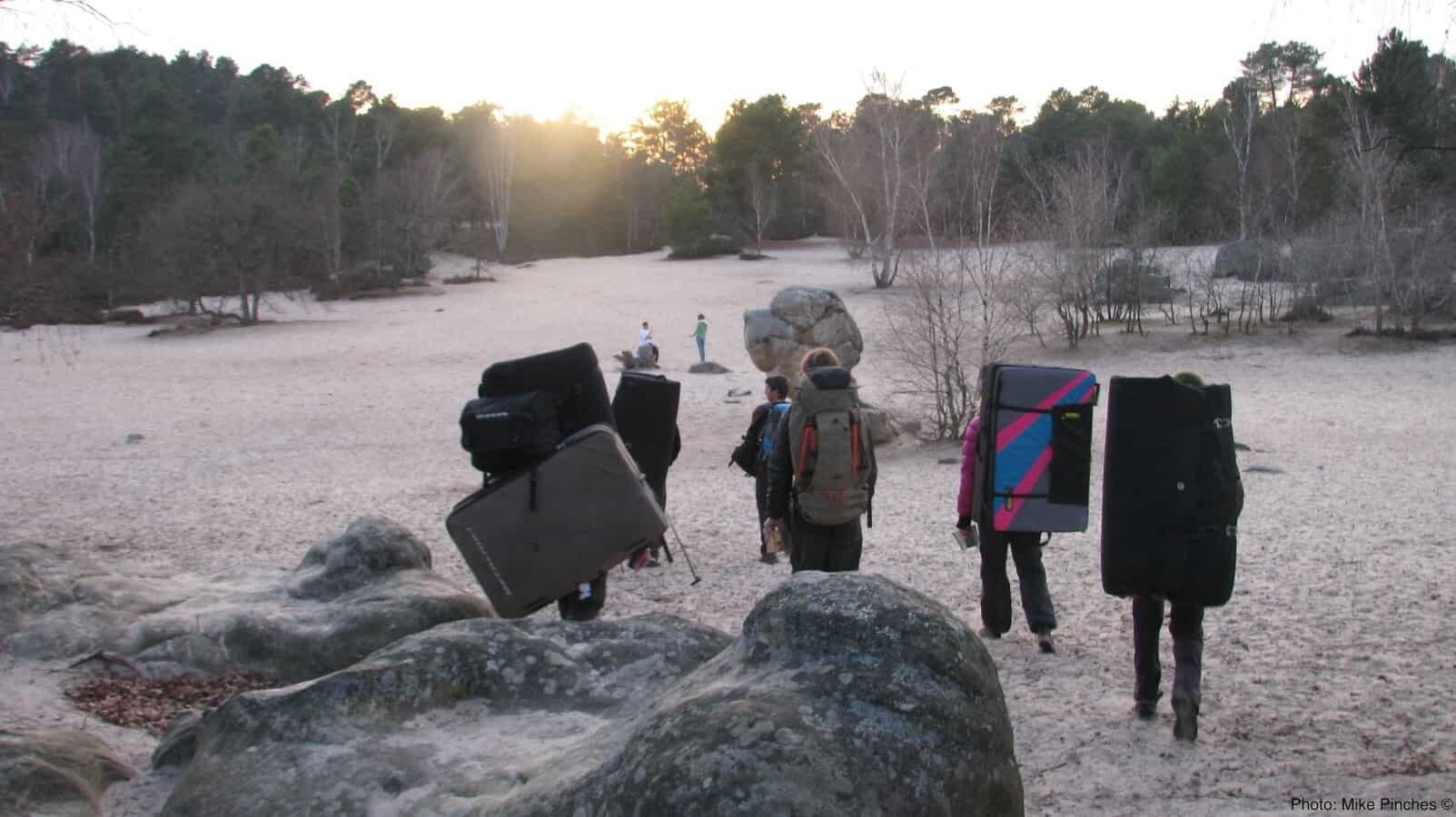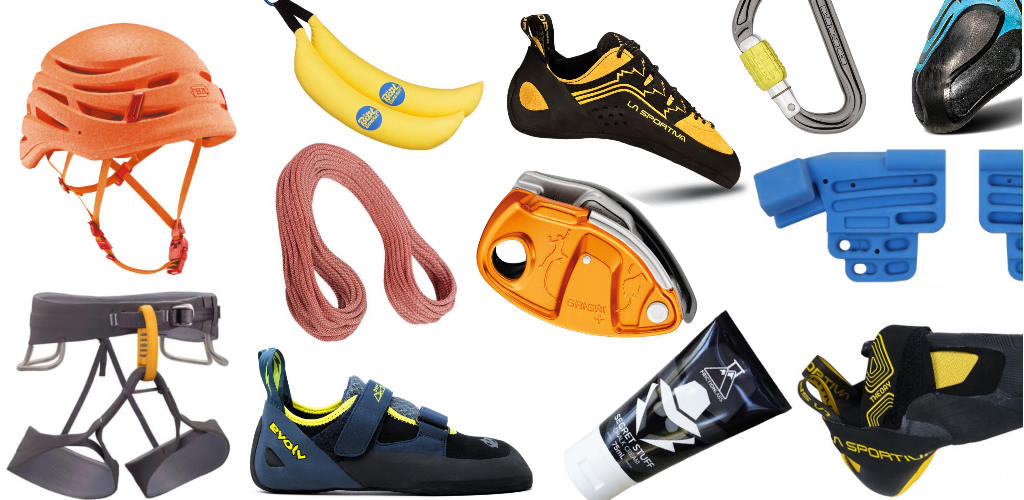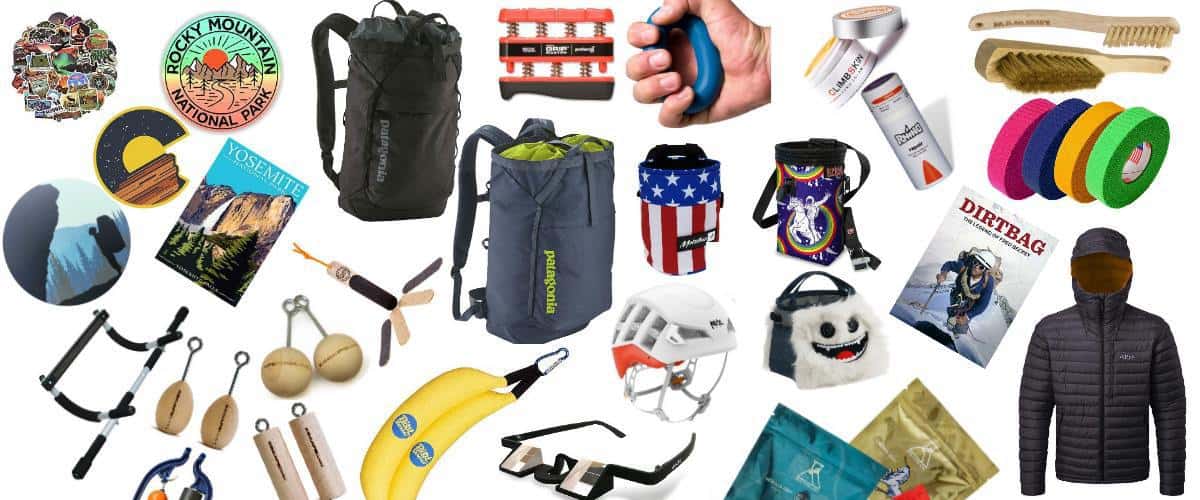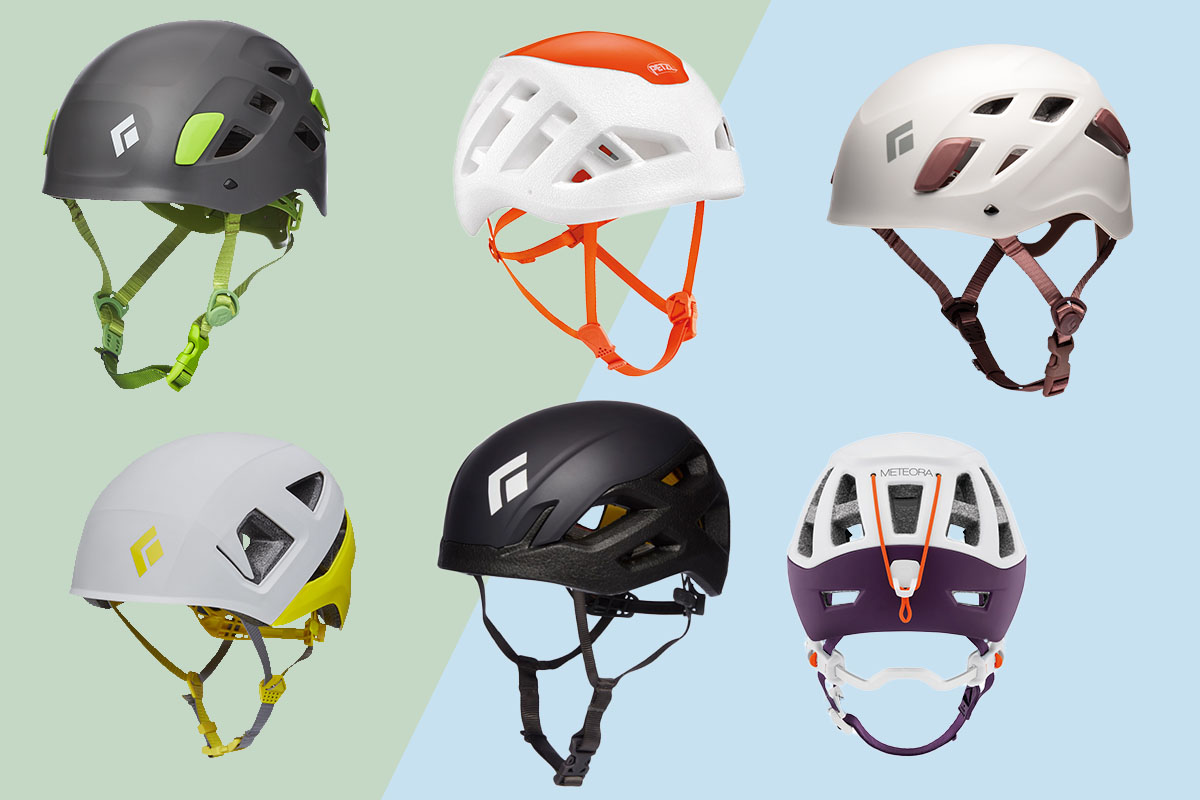Climbing is the perfect excuse to travel. So taking climbing gear on a plane should be simple, right? Luckily the answer is mostly yes, with a few exceptions…
Can You Take Climbing Gear On A Plane?
Yes, you can take most climbing gear on a plane without any problems. You might get asked what it’s for and need to pull out a guidebook to explain. Some of the gear also needs to go in checked, plus there are a few things that can’t fly at all.
Whether you’re planning a sport or trad climbing holiday, most of the gear you’ll take will be absolutely fine. That includes basically all metalwork and fabric. Where you might run into trouble will be camping gear and mixed or ice climbing tools.
Can You Take Climbing Gear In Hand Luggage?
Yes, you can take most of the standard climbing gear you’ll use in your hand luggage. If you’re only planning to boulder or go sport climbing, this might be enough for just your shoes, chalk, and harness. However, if you have a bag going into the hold we suggest putting your gear there instead.
Things like shoes, harnesses, and helmets will probably be absolutely fine in hand luggage. We have heard that in some cases climbing rope (rope in general) isn’t OK for hand luggage. That can also go for carabiners/quickdraws. It very much depends on the person scanning your luggage.
We’ve seen plenty of traveling climbers taking everything through hand luggage – rope, trad rack, quickdraws, carabiners – with no problem at all. So your mileage may vary.
Your hand luggage or carry-on bags are the ones you take onto the plane with you. Some airlines allow just one but some (like Ryanair and Qantas) allow one to go in the hold above your head and one small backpack-sized piece under the seat. You might need to pay extra for this but you also might prefer two hand luggage bags over the cost and queuing of checking in a bag
Climbing Gear You Can Take On A Plane
This list covers basically anything that is “common sense” safe. If you can’t hurt someone with it or accidentally cause a disaster, you’re probably fine. If you can explain it simply as “climbing gear” and it fits in a bag, you’ll probably be OK.
- Climbing Shoes
- Harness
- Helmet
- Carabiners
- Quickdraws
- GriGri, ATC, Belay Devices
- Ohm, Ascenders, Shunts e.t.c
- Trad gear – Nuts, cams – Nut tools can look very knifey to TSA agents at the tail end of a 12-hour shift, try to take them in checked luggage.
- Climbing Rope
- Paracord / slings
Climbing Gear You Can’t Take On A Plane
There are a few items that break specific flying rules that mean you wouldn’t be able to take them on the plane. Some are OK but in checked luggage only, not in the main seating area with passengers
- Ice Axes – These are essentially long knives and should be kept in checked. Make sure to sheath the blade with something so security doesn’t get a surprise when they inevitably open the bag.
- Ice Screws – These might as well be torture instruments in the eyes of airport security. Checked only.
- Crampons – Again, pointy bits can be stabby bits. Checked luggage only.
- Gas canisters – If you’re planning on camping, you won’t be able to bring gas canisters in checked or hand luggage because of the chance of them exploding.
- Knives / Multitools – If you carry a small knife for cutting stuck rope, keep it in the checked luggage. Pretty obvious.
- Tent pegs + poles – While it’s pretty far-fetched they’d be used as a weapon, this is a common item that will get taken away if it’s not in checked luggage.
- Water! – Well, not a full bottle at least.
Flying With Climbing Gear – Common Problems
It’s not uncommon for people flying with climbing gear to be asked to step aside for a bag check. Normally it’s a quick once over because they don’t recognize what the items are for in a scanner. When they see it altogether, it generally makes sense.
There’s also something to be said about where you’re going. Many European countries like Spain see a lot of climbers so are used to traveling climbers bringing gear, and most won’t bat an eyelid. More remote countries or less-climbed areas might not know what the gear is and be suspicious.
Different countries have their own rules, as do different airlines.
When dealing with airport staff: be nice, always smile, and try to let them know what the gear is used for without disagreeing or “arguing” with them. We have heard of overzealous agents saying that climbing rope or carabiners could be dangerous if used in certain ways and refusing them onboard in some countries, though very rarely.
You’ll also run into security agents on bad days or sticklers for rules. One time I had to go through security twice for the same flight with a spork and some unlabelled, 100ml liquids in clear bottles. The first agent didn’t care, the second was clearly frustrated I’d had to come back and decided both were dangerous and needed to be binned – despite them not breaking any rules. C’est la vie.
Can You Take Climbing Chalk On A Plane?
Here’s where things take a turn. Yes, it’s technically fine to fly with climbing chalk. I and many others have done it before with no issues. But you can probably see why airport security might have reason to question why you have a sack of unlabelled white powder hidden beneath your unwashed underwear.
Our best tip is to carry the chalk in your chalk bag, or in the original labeled bag you bought it in. That makes it a bit easier to point at without needing an over-the-top explanation just in case. If you don’t need as much as you have, empty the extra into a plastic bag and keep that one at home. A ziplock of white powder at the airport is probably a bad idea.
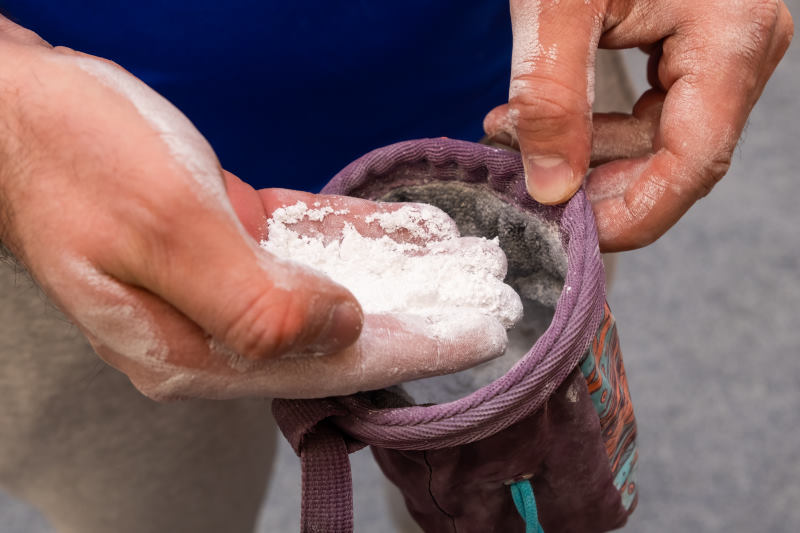
If you’re really worried, you can fly with a bottle of liquid climbing chalk in your checked luggage. If it’s in hand luggage it’ll need to be in a separate 100ml bottle (see the TSA liquids rules. Bottles must also be clear in the UK). Also consider just taking your empty chalk bag and buying some on arrival.
Coming from someone that’s taken a literal plastic bag of chalk into Mexico and through multiple different scanners in Central American countries – you’ll probably be fine. At worst you’ll have it tested and they’ll find out fairly quickly you’re not in a cartel.
If you are flying and the TSA or airport security want to do a test, they might also swab your hands and the top of your shoes. Something to keep in mind if you’ve been relaxing on holiday…
Can You Take A Bouldering Pad On A Plane?
This one gets a little trickier and can depend on the airline’s rules, and the checking-in agent’s mood. Most airlines will allow you to take a bouldering pad on your flight as checked luggage. However, we’d suggest you check the airline’s definitions of oversized luggage and give them a call/e-mail to confirm whether it’ll be OK.
The airline might have a fee for this as pads are bigger than most travel cases. You could get stung at the last minute. Despite their size, bouldering pads are pretty light so we’ve also seen instances where airlines are happy to carry the pad without charging at all or charging just the standard weight.
Some airlines also class bouldering pads as sports equipment like skis or golf clubs and insist on charging extra. Try to reason and remind them that crash pads are meant to be fallen on and take a beating regularly.
Read our picks for this year’s Best Bouldering Crash Pads
Can You Rent Bouldering Pads?
As an alternative, most popular bouldering areas have a local gym or store that will happily rent you a bouldering pad for a few days. Prices tend to be around $10-15 a day depending on how long you need it. It’s generally not possible to rent out other climbing gear apart from maybe helmets in some places.
In very popular international areas like Fontainbleau, Albaraccin, Rocklands, and most big US areas it’s almost guaranteed you can rent pads. Google it beforehand or check your guidebook for shops – they normally advertise. Or try finding some locals to hang with in Facebook groups like Traveling Rock Climbers or local climbing bars – though the croissants are on you.
What Climbing Gear Do You Need For A Holiday?
Depending on what type of climbing you do, you might be able to get away with a lot less gear than you expect. If you’re not planning to do any trad climbing and you expect to meet up with people, you could get away with taking just your harness, climbing shoes, and helmet.
Meeting up with strangers may not be the best safety advice but it’s a pretty common thing in climbing. Facebook groups, local climber hangouts, hostels, and campsites close to rocky areas always work well.
At the bare minimum, you’ll need your own harness, shoes, and helmet. Nobody really keeps spares of these; they’re all items that wear fast, so borrowing them is cheeky. Your own chalk bag is helpful though they’re cheap and easy to buy or borrow – check local gyms for the hordes of unclaimed lost property chalk bags they have stashed somewhere.
As a climber who’s met up with other traveling climbers on the road, I’m more than happy to share my belay device and quickdraws when sport climbing. As long as the person I’m climbing with is competent and willing to pay gas money or buy a drink later I’m also happy to drive out to the crag.
Climbing as a way of meeting people and sharing cool experiences is one of the best things I’ve taken out of the sport. You’ll find many climbers share the same view. Locals tend to like showing their crag to traveling climbers – and they may ask you to return the favor one day!
